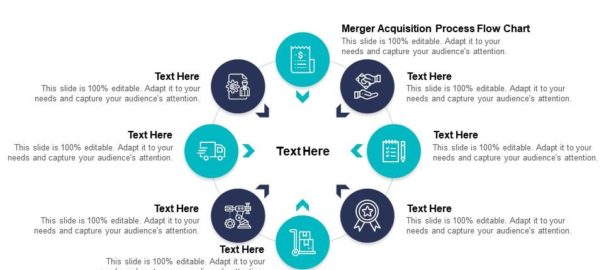The acquisition process is a complex and multi-stage journey that companies undertake to acquire another business. Understanding the acquisition process flow chart and the key stages involved is essential for successful deal execution. In this article, we will decode the acquisition process, step-by-step, and shed light on the key stages that companies go through when pursuing an acquisition.
Stage 1: Pre-Acquisition Planning and Strategy
The acquisition process begins with pre-acquisition planning and strategy. This stage involves defining acquisition objectives, identifying target companies, conducting market research and due diligence, and assessing the financial and strategic fit. Companies develop an acquisition plan and establish criteria for evaluating potential targets.
Stage 2: Initial Contact and Negotiation
Once a potential target has been identified, the next stage is to initiate contact and begin negotiations. This involves reaching out to the target company’s management or shareholders to express interest in the acquisition. Confidentiality agreements may be signed, and discussions on valuation, deal structure, and terms take place. Negotiations aim to reach a mutually agreeable deal that satisfies the interests of both parties.
Stage 3: Due Diligence
After reaching a preliminary agreement, the acquiring company proceeds with due diligence. Due diligence involves a comprehensive assessment of the target company’s financial, legal, operational, and commercial aspects. The acquiring company reviews documents, conducts interviews, and analyzes data to identify potential risks, opportunities, and synergies. Thorough due diligence is crucial for making informed decisions and assessing the true value of the target company.
Stage 4: Definitive Agreement and Closing
Once due diligence is completed and both parties are satisfied, the next stage is to draft and negotiate the definitive agreement. This agreement outlines the terms and conditions of the acquisition, including the purchase price, payment terms, representations and warranties, and any necessary regulatory approvals. Upon agreement, the deal moves towards closing, where legal and financial formalities are completed, and ownership of the target company is transferred to the acquirer.
Stage 5: Integration and Post-Acquisition Management
Following the closing of the acquisition, the acquirer enters the stage of integration and post-acquisition management. This stage focuses on integrating the operations, processes, systems, and cultures of the acquired company into the acquiring company. The integration process aims to capture synergies, realize cost savings, optimize resources, and align the organizations toward shared goals. Effective post-acquisition management is crucial for ensuring a smooth transition and maximizing the value of the acquisition.
Conclusion
Decoding the acquisition process flow chart and understanding the key stages involved is essential for companies embarking on an acquisition journey. Pre-acquisition planning, negotiation, due diligence, definitive agreement and closing, and integration are the critical stages that pave the way for a successful acquisition. Each stage requires careful consideration, strategic decision-making, and effective execution to achieve the desired outcomes. By mastering the acquisition process, companies can navigate the complexities of acquisitions and increase their chances of successful deal execution.

